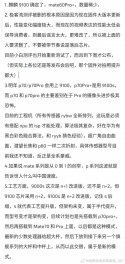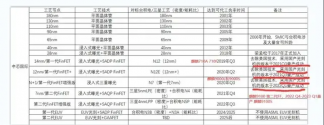NO. You guys are just not getting it.That is what I believe, after reading these reports, and comparing numbers.
This is the world's best 7nm chip.
It almost reaches 5nm performance!
That brings up an interesting commercial scenario, it that if China Inc. had a choice between using a 5nm chip from TSMC or this 7nm Kirin chip, and since they are roughly comparable, why bother with the 5nm chip, when it will cost more?
They won't bother with it.
Therefore, this 7nm is here to stay for a while.
Therefore, this report EUV project in China, is mainly geared to make the 3nm chip or 2nm chip or 1nm chip if possible. They could skip the 5nm chip with this 7nm Kirin9000S chip.
No wonder the Chinese are angry about this chip war. They spent so much money, just to make a 3nm chip?
If that is the case, they will want a little more of a pound of flesh out of this fight.

tsmc 5nm cell height is >25% smaller than SMIC N+2. So how the heck do you guys keep going back to the "N+2 has similar transistor density as tsmc 5nm conclusion"?
Last edited:



